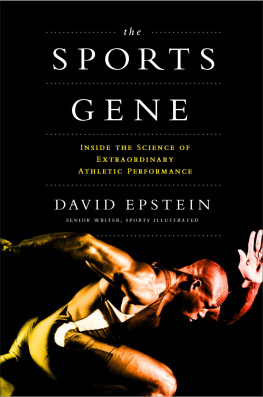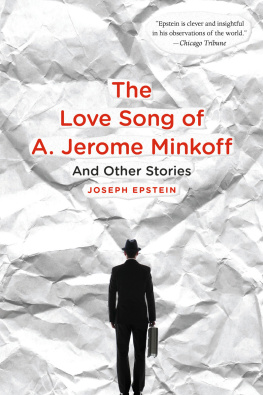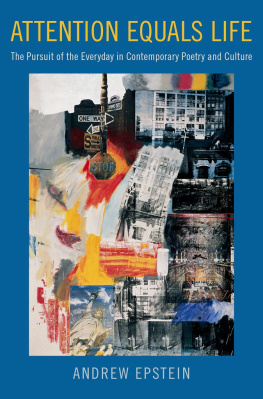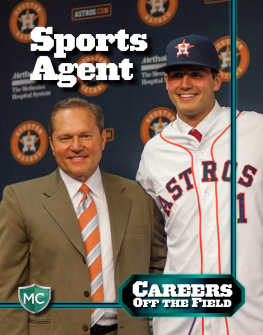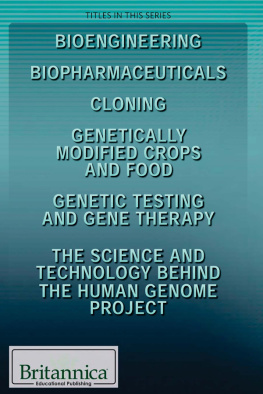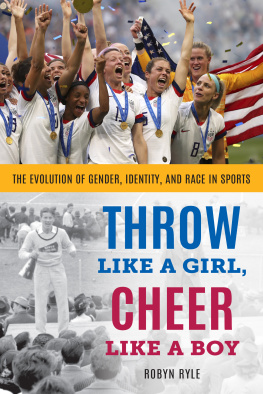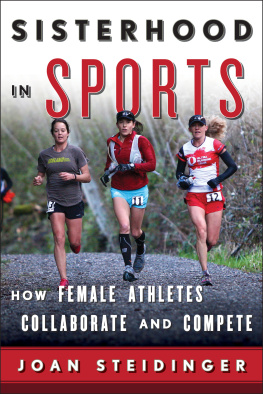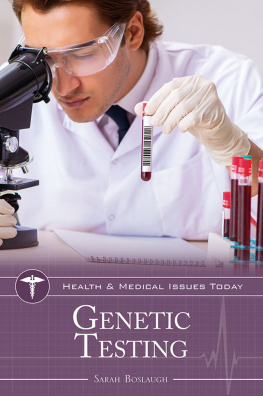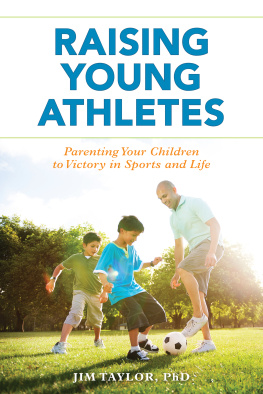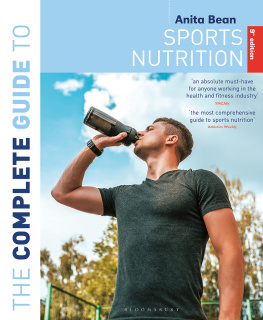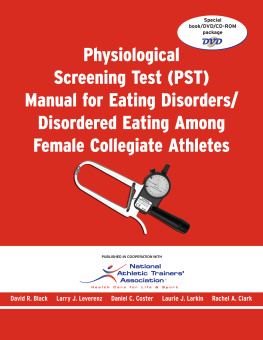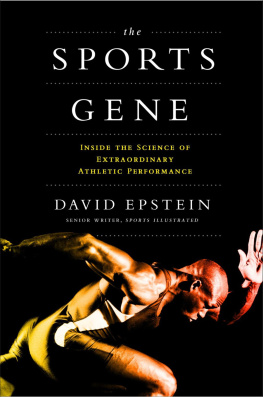USA | Canada | UK | Ireland | Australia | New Zealand | India | South Africa | China
All rights reserved. No part of this book may be reproduced, scanned, or distributed in any printed or electronic form without permission. Please do not participate in or encourage piracy of copyrighted materials in violation of the authors rights. Purchase only authorized editions.
Epstein, David J.
The sports gene : inside the science of extraordinary athletic performance / David Epstein.
pages cm.
Includes bibliographical references and index.
1. SportsPhysiological aspects. 2. Human genetics. I. Title.
INTRODUCTION
In Search of Sports Genes
M icheno Lawrence was a sprinter on my high school track team. The son of Jamaican parents, he was short and doughy and his bulging paunch poked at the holes of his marina, the mesh top that some Jamaicans on the team wore to practice. He worked at McDonalds after school, and teammates joked that he partook too often in the product. But it didnt stop him from being head-whipping fast.
A mini-diaspora in the 1970s and 80s brought a stream of Jamaican families to Evanston, Illinois, which helped make track and field a popular sport at Evanston Township High School. (Consequently, our team won twenty-four consecutive conference titles from 1976 to 1999.) As outstanding athletes are wont to do, Micheno referred to himself in the third person. Micheno got no heart, he would say before a big race, meaning that he had no sympathy when vanquishing his competitors. In 1998, my senior year, he blasted from fourth place to first on the anchor leg of the 4400-meter relay to win the Illinois state championship.
We all knew an athlete like that in high school. The one who made it look so easy. He was the starting quarterback and shortstop, or she was the all-state point guard and high jumper. Naturals.
Or were they? Did Eli and Peyton Manning inherit Archies quarterback genes, or did they grow up to be Super Bowl MVPs because they were raised with a football in hand? Joe Jellybean Bryant clearly passed his stature to his son, Kobe, but where does that explosive first step come from? What about Paolo Maldini, who captained AC Milan to a Champions League title forty years after his father, Cesare, did the same? Did Ken Griffey Sr. gift his boy with baseball batter DNA? Or was the real gift that he raised Junior in a baseball clubhouse? Or both? In 2010, in a sporting first, the mother/daughter pair of Irina and Olga Lenskiy made up half of Israels national team in the 4100-meter relay. The speed gene must run in that family. But is there even such a thing? Do sports genes exist at all?
In April 2003, an international consortium of scientists announced the completion of the Human Genome Project. Following thirteen years of toil (and 200,000 years of anatomically modern man), the project had mapped the human genome; all 23,000 or so regions of DNA that contain genes had been identified. Suddenly, researchers knew where to begin looking for the deepest roots of human traits, from hair color to hereditary disease and hand-eye coordination; but they underestimated how difficult the genetic instructions would be to read.
Imagine the genome as a 23,000-page recipe book that resides at the center of every human cell and provides directions for the creation of the body. If you could read those 23,000 pages, then you would be able to understand everything about how the body is made. That was the wishful thinking of scientists, anyway. Instead, not only do some of the 23,000 pages have instructions for many different functions in the body, but if one page is moved, altered, or torn out, then some of the other 22,999 pages may suddenly contain new instructions.
In the years following the sequencing of the human genome, sports scientists picked single genes that they guessed would influence athleticism and compared different versions of those genes in small groups of athletes and nonathletes. Unfortunately for such studies, single genes usually have effects so tiny as to be undetectable in small studies. Even most of the genes for easily measured traits, such as height, largely eluded detection. Not because they dont exist, but because they were cloaked by the complexity of genetics.
Sluggishly but surely, scientists have begun to abandon the small, single-gene studies and steer the scientific ship toward new and innovative methods of analyzing how genetic instructions function. Couple that with the efforts of biologists, physiologists, and exercise scientists to discern how the interplay of biological endowments and rigorous training affects athleticism, and were starting to tug at the threads of the great nature-versus-nurture debate as it bears on sports. That necessarily involves trekking deep into the bramble patches of sensitive topics like gender and race. Since science has gone there, this book will too.
The broad truth is that nature and nurture are so interlaced in any realm of athletic performance that the answer is always: its both. But that is not a satisfactory endpoint in science. Scientists must ask, How, specifically, might nature and nurture be at work here? and How much does each contribute? In pursuit of answers to these questions, sports scientists have trundled into the era of modern genetic research. This book is my attempt to trace where they have gone and to examine much of what is known or haggled over about the innate gifts of elite athletes.
In high school, I wondered whether Micheno and the other children of Jamaican parents who made our team so successful might carry some special speed gene they imported from their tiny island. In college, I had the chance to run against Kenyans, and I wondered whether endurance genes might have traveled with them from East Africa. At the same time, I began to notice that a training group on my team could consist of five men who run next to one another, stride for stride, day after day, and nonetheless turn out five entirely different runners. How could this be?
After my college running career ended, I became a science graduate student and later a writer at Sports Illustrated. In researching and writing The Sports Gene I had the chance to blend in the petri dish of elite sports what initially seemed to me to be wholly separate interests in athleticism and science.
The reporting of this book took me below the equator and above the Arctic Circle, into contact with world and Olympic champions, and with animals and humans who possess rare gene mutations or outlandish physical traits that dramatically influence their athleticism. Along the way, I learned that some characteristics that I assumed were entirely voluntary, like an athletes will to train, might in fact have important genetic components, and that others that I figured were largely innate, like the bullet-fast reactions of a baseball batter or cricket batsman, might not be.

